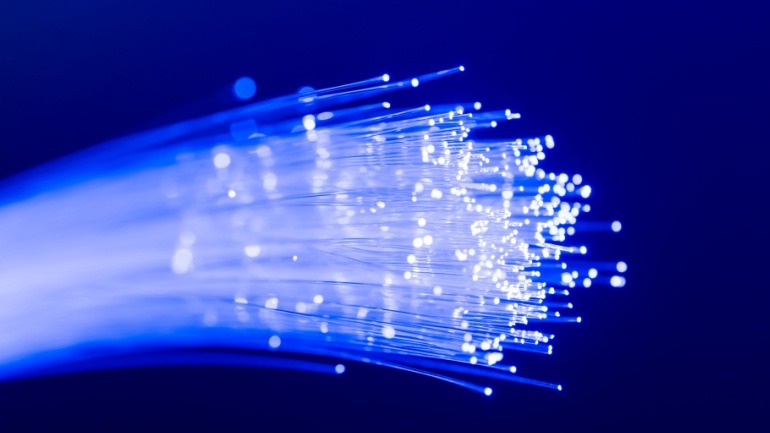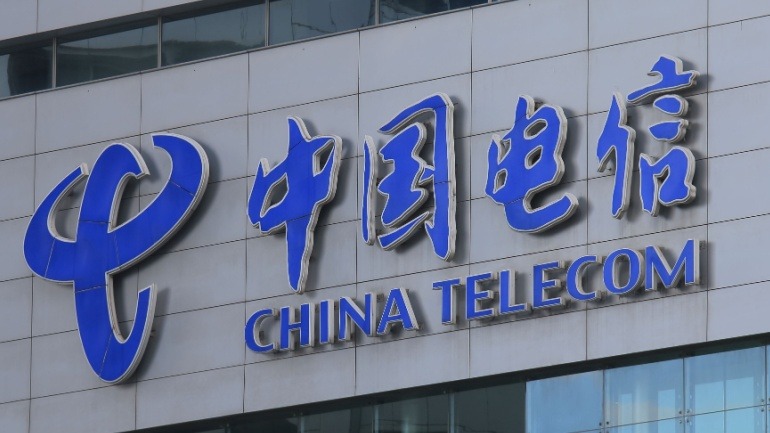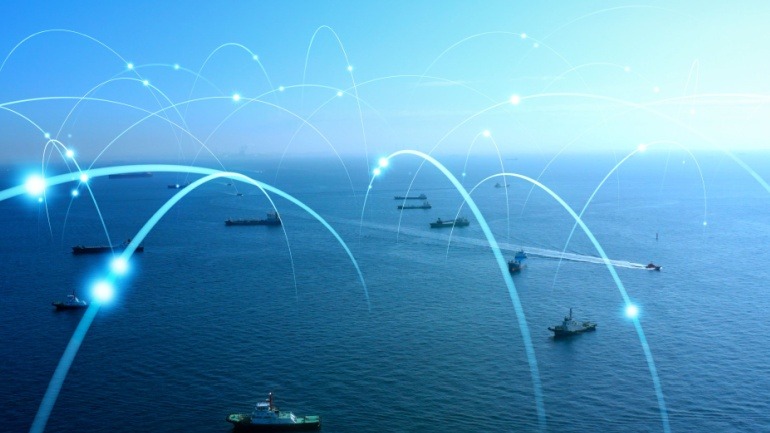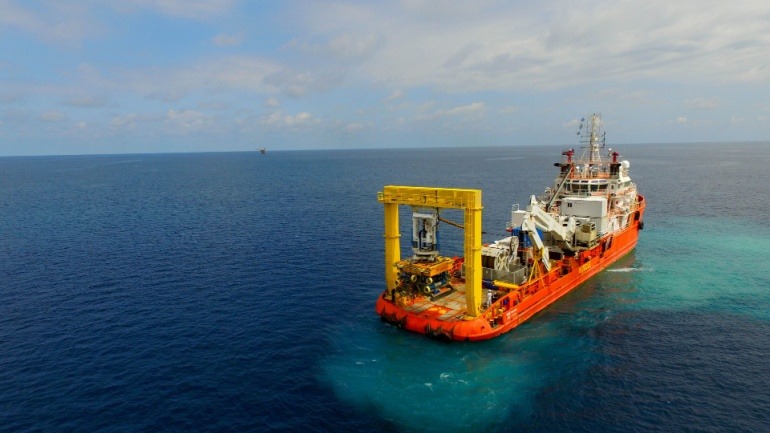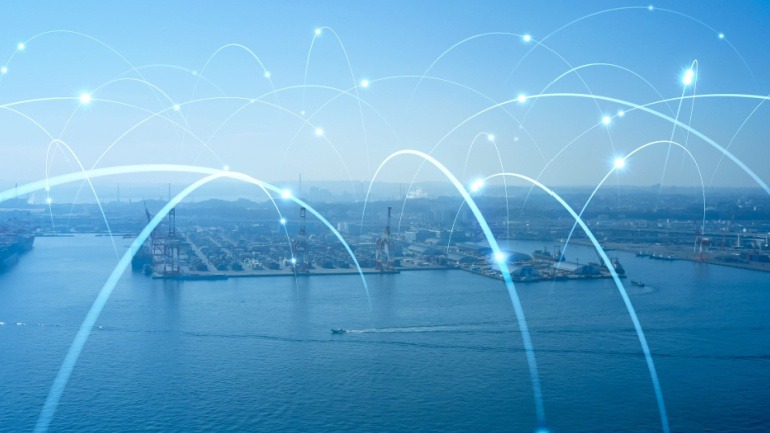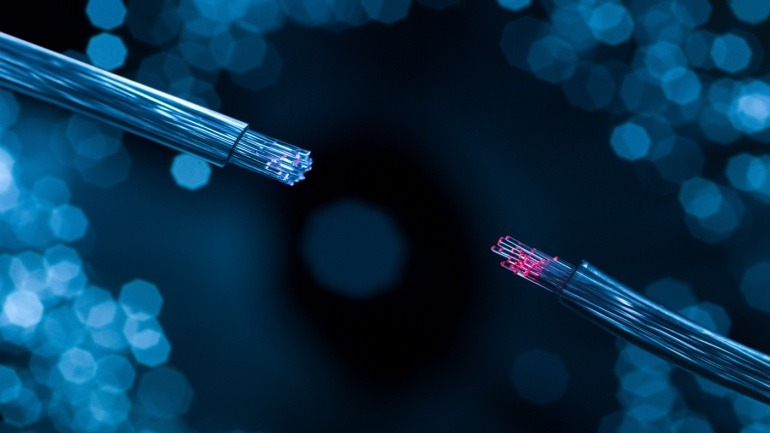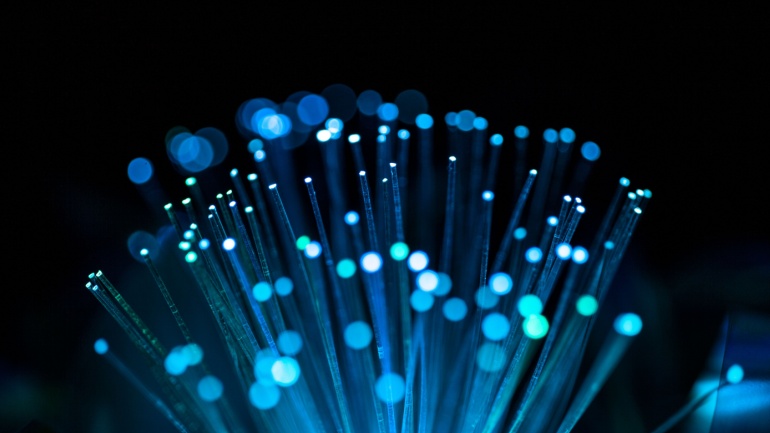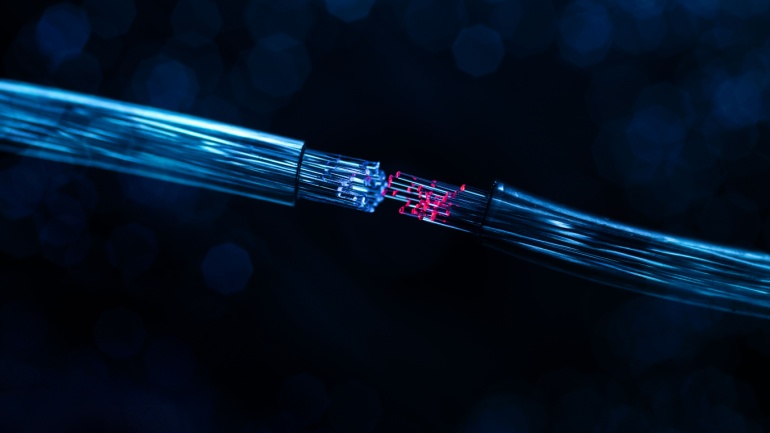Telxius and Ciena have achieved a major milestone with the first live 1.3 terabit per second transmission across the Atlantic. Using advanced technology, they improved efficiency and bandwidth over 6,600 kilometers, paving the way for faster, more sustainable global connectivity to meet rising demands for AI, video, and cloud.
EXA Infrastructure teams with IOEMA to enhance Northern Europe’s connectivity landscape. With a new submarine cable landing in Leiston, UK, IOEMA’s 1,600-kilometer project links key European markets like the UK, Netherlands, and Germany.
Airtel has achieved a milestone by landing the SEA-ME-WE 6 cable in Chennai, enhancing global connectivity. This expansion brings increased network capacity, reinforcing Airtel’s place in telecoms.
China Telecom announced the early completion of the 10,000-km Asia Direct Cable (ADC), the first new submarine link in the Asia-Pacific in over eight years. Developed by a consortium, ADC delivers over 160 Tbps capacity, easing congestion and enhancing cloud and data services.
Ooredoo, in partnership with Alcatel Submarine Networks, has launched the GCC’s largest submarine cable, connecting seven Middle Eastern countries. With up to 720Tbps capacity and 24 fiber pairs, this high-speed infrastructure enhances regional connectivity, supports AI and telecom growth.
The backbone of the internet relies heavily on submarine cables, responsible for around 99% of global data transmission. As the threats to these pivotal cables mount, the UK’s Joint Committee on the National Security Strategy has initiated an enquiry.
Chinese engineers have developed technology to sever undersea communication cables, sparking concerns over potential sabotage. Patents for devices intended to cut cables, including one by Lishui University, suggest a cost-effective method for disruption.
The ITU and ICPC have united to create an advisory body focused on boosting submarine cable resilience. This critical initiative addresses vulnerabilities of cables that manage 99% of global data transfers, facing threats like damage and sabotage.
Sparkle, an international service provider, and Airtel Business have partnered to enhance VoIP connectivity between Asia and Europe via the Blue & Raman Submarine Cable Systems. This strategic agreement promises to diversify and expand global network capacity, catering to increasing data demands and ensuring seamless VoIP services for businesses and consumers.
Telkomunikasi Indonesia International (Telin) teams up with BW Digital to develop the Nongsa-Changi submarine cable system, enhancing connectivity between Batam and Singapore. This strategic alliance aims to support digital economic growth with robust, reliable links for high-density AI applications. Completion is expected by Q4 2025, marking a significant milestone in regional digital infrastructure.



